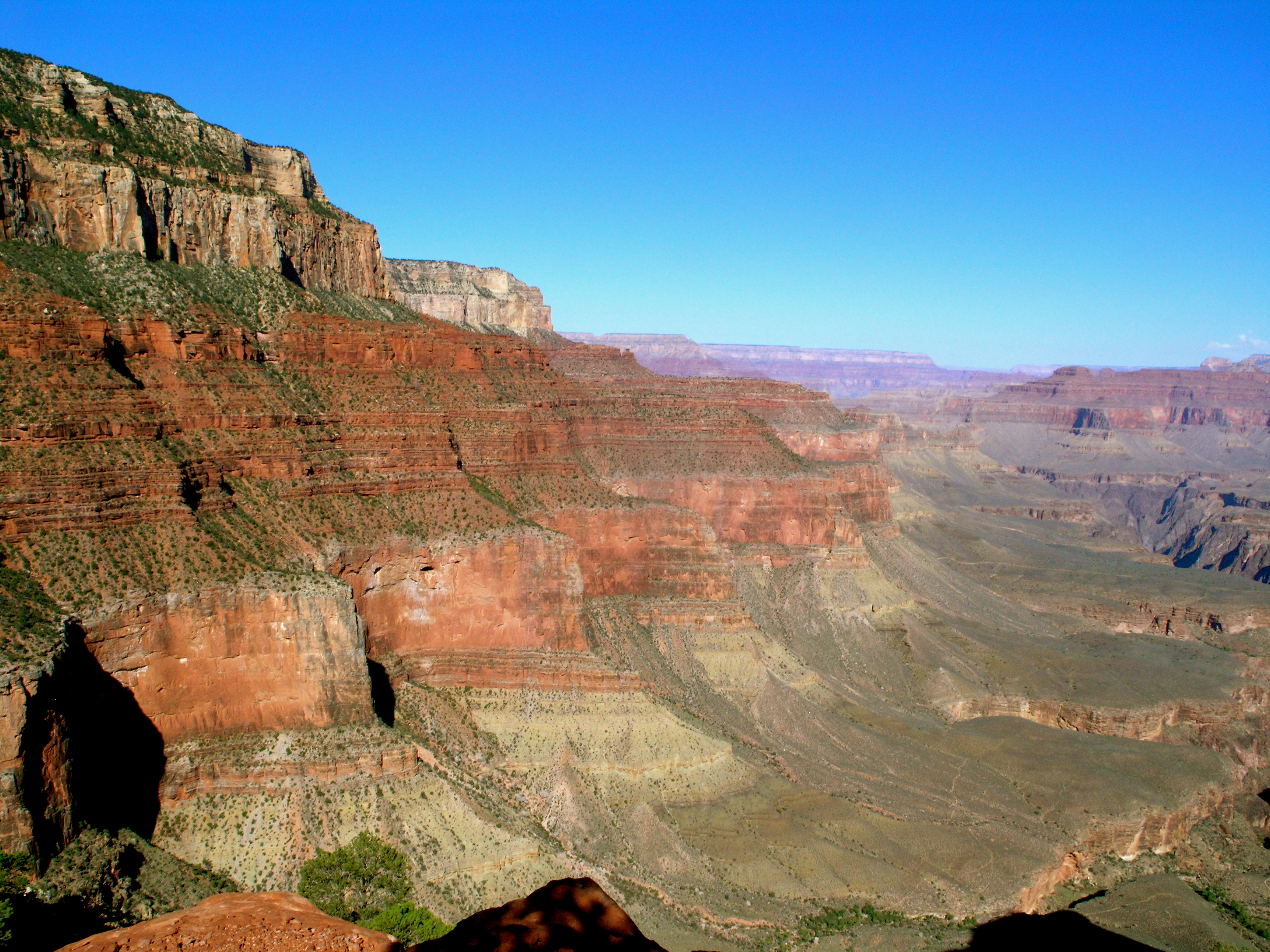Sedimentary Rocks (Clastic, Carbonate, Chemical)

The study of ancient reefs requires a basic understanding of sedimentary rocks. Sedimentary rocks are one of the three basic rock types (metamorphic and igneous are the other two). They formed at or near the surface of the Earth often with the association of water or wind, have layers and commonly contain fossils. Most sedimentary rocks are deposited under water as layers, also called beds or strata. There are three basic types of sedimentary rocks:
1) Clastic sedimentary rocks form by the accumulation of sediment particles eroded from older rocks and they represent mud, sand or gravel that has hardened into rock.
Common examples: Sandstone, mudstone, shale, conglomerate
2) Carbonate sedimentary rocks form when organic activity or inorganic precipitation extracts carbonate from seawater to form a sediment composed of calcium carbonate or calcium-magnesium carbonate.
Common examples: Limestone, dolostone
3) Chemical sedimentary rocks form as minerals dissolved in water precipitate out of solution. When salt water evaporates Halite (salt) and gypsum are deposited.
Common examples: Rock salt, rock gypsum, anhydrite, chert
Sedimentary structures are features that formed as the sedimentary rock was deposited. Some common Sedimentary stuctures are described below.
Bedding are the layers of sedimentary rock. They can range from very thin bedded sediments, less than a millimeter thick to massive bedding several meters thick.
Cross-bedding is an exception to the stratigraphy principle of original horizontality. These beds were deposited on an angle to the bedding plane and commonly represent ripple marks or dunes.
Flank beds are another exception to the stratigraphy principle of original horizontality. These beds are deposited on the reefs. Since the reef forms a mound shape the sediments deposited on top of the reefs are sloped away from the reef core. Flank beds are draped over reef and are at an angle to the bedding below the reef.
Bioturbation is any type of tube, burrow or tunnel made by animals digging through the sediments. Many marine organisms churn the sediment looking for food or as they moving through it.
Oncolites are spherical structures less than 10 cm in diameter and made up of concentric layers They are formed by cyanobacterial growth on a nucleus such as a rock or shell fragment or sand grain. They form by rolling in shallow water environments by wave action.





